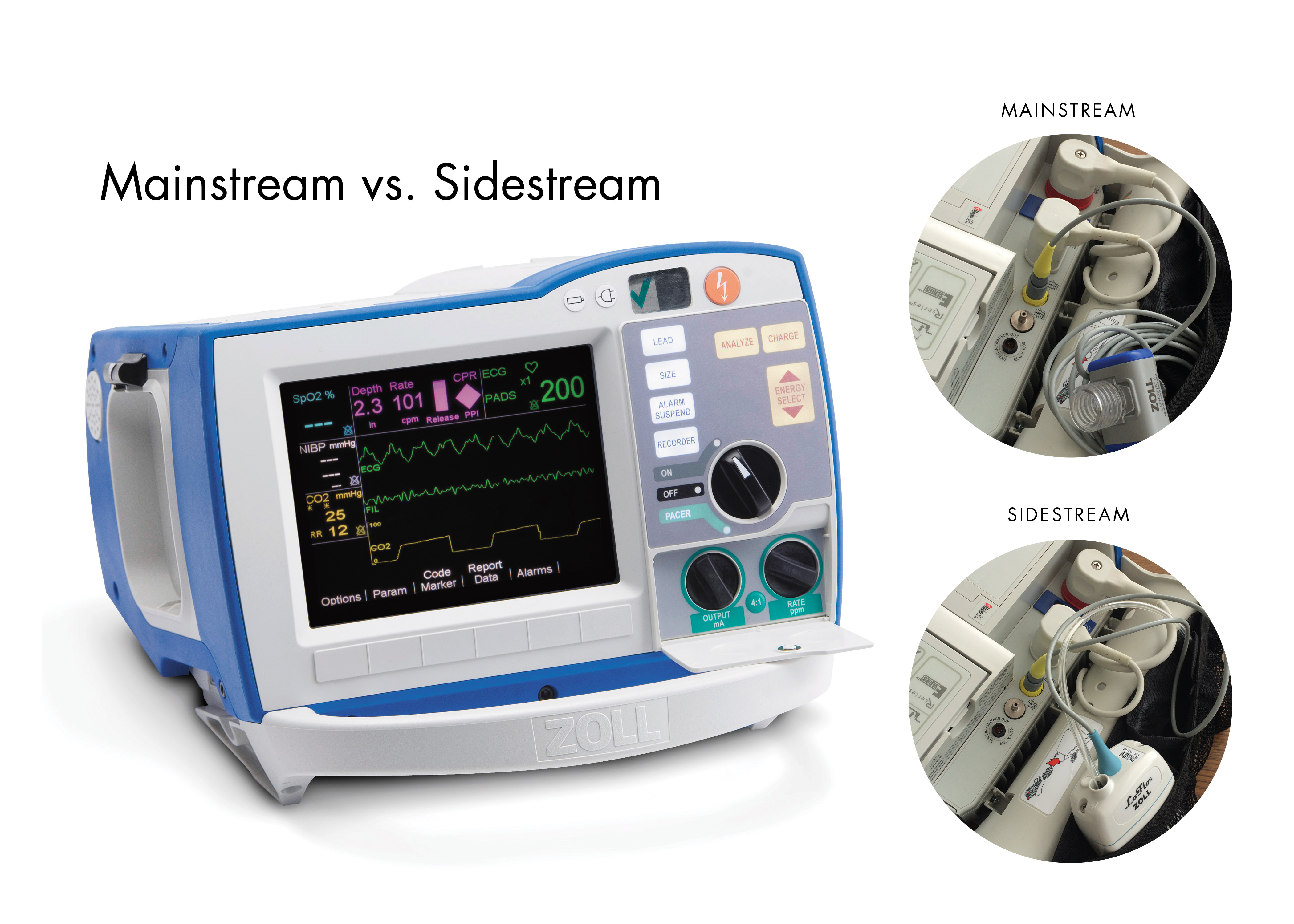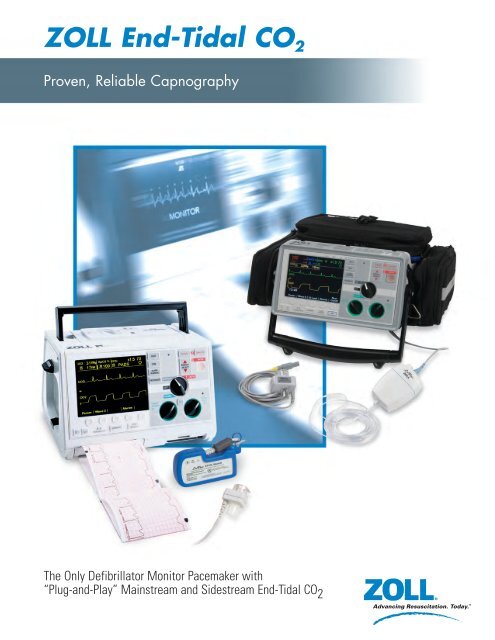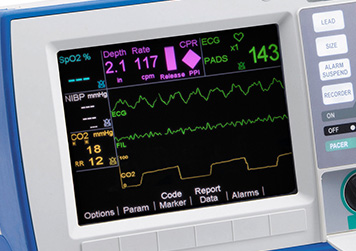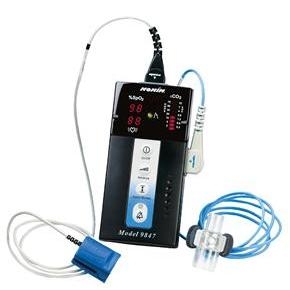end-tidal co2 monitoring non intubated patients
Norm al EtCO2 levels 46 to 60 kPa signify adequate perfusion. ETCO2 emergency department monitoring and critical.

Medtronic Physician Patient Alliance For Health Safety
On arrival at the.

. Finally transport patient care guidelines related to the use of end tidal CO2 monitoring in neonates was updated and put into practice. A clinical comparison between conventional sidestream and microstream capnometers. In addition to confirming the placement of the endotracheal tube and monitoring the tube.
CO2 samplingO2 delivery for non-intubated patients Small pin holes deliver oxygen around both nose and mouth Menu 35 Uni-junction of. The GAMUT summary report for 2015 showed Kentucky Childrens Hospital with a rate of 619 for continuous waveform capnography monitoring in neonatal patients compared to the overall GAMUT rate. Capnography can be used to assess unresponsive patients ranging from those are actively seizing to victims of chemical terrorism.
The graphical representation of EtCO 2 is shown in a waveform format and is known as a capnogram. Monitoring respiratory status using end tidal CO 2 EtCO 2 which reliably reflects arterial PaCO 2 in intubated patients under general anesthesia has often proven both inaccurate and inadequate when monitoring non-intubated and spontaneously breathing patients. 11 End Tidal CO2 monitoring ETCO2 via waveform capnography should be used to confirming correct placement of the endotracheal tube andor measure the adequacy of ventilation 12 For patients in cardiac.
Clinical education and non-clinical education modules related to the use of etCO2 monitoring with non-intubated and intubated patients in various clinical settings. Monitoring end-tidal CO 2 ET-CO 2 provides instantaneous information about ventilation how effectively CO 2 gas is being exhaledeliminated by the respiratory system perfusion how effectively CO 2 is being transported through the vascular system to the lungs and metabolism how effectively CO 2 is being produced by cellular metabolism. To determine the availability of end-tidal CO 2 measurement in confirmation of endotracheal tube placement in the non-arrest patient and to assess its use in academic and non-academic emergency departments.
Sidestream devices can monitor both intubated and non-intubated patients while mainstream devices are most often limited to intubated patients. It provides a graphical and numerical display of the partial pressure of carbon dioxide within the patients airway. Waveform and end -tidal carbon dioxide EtCO2 values.
Capnography is the monitoring of the concentration or partial pressure of carbon dioxide CO 2 in respiratory gases. The microstream capnometer provides a more accurate end tidal CO2 partial pressure measurement in nonintubated spontaneously breathing patients than conventional sidestream capnometers. End tidal CO 2 EtCO 2 is the maximum expired carbon dioxide concentration during a respiratory cycle.
The presence of a normal waveform denotes a patent airway and spontaneous breathing. Position during transport capnography can provide qualitative and quantitative. Conventional Sidestream Technologies Advantages.
Capnograph is an indispensable tool for monitoring metabolic and respiratory function. EtCO2 Monitoring is indicated for in patients from newborn neonate to adult. We describe and evaluate a method for continuously monitoring end-tidal CO2 PETCO2 in non-intubated spontaneously breathing patients.
This is particularly important in patients undergoing procedural sedation eg endoscopy colonoscopy. An increase in etCO2 by 5 appears to have reasonable sensitivity 71-91 and specificity 94-100 for fluid responsiveness in two studies of patients breathing passively on the ventilator. In this study the aim was to review the applications of end-tidal carbon dioxide ETCO2 monitoring in emergency department multiple databases were comprehensively searched with combination of following keywords.
Up to 24 cash back End Tidal CO2. Provides non-invasive continuous measurement of respiratory rate and exhaled CO2 concentration over time and is measured at peak expiration. Hospital for carbon dioxide CO 2 monitoring without endotracheal intubation for approximately 20 min because of less severe respiratory distress.
Although the standard of care in ETC02 is well established for intubated patients there has been little emphasis on the use of capnography in nonintubated patients till now. 9 10 Sidestream measurement has been the most common type of ETCO 2 measurement modality in Canadian facilities even as a number of new innovative and ultraportable mainstream capnography devices are becoming available. End-tidal CO2 monitor with sensor inside Sample Port Bag.
Emergency physicians in the USA were surveyed by mail in the beginning of the year 2000 regarding availability at their institution of both. Capnographic waveform analysis presents several advantages in that it is effort-independent and provides continuous monitoring of normal tid. The R Series system is indicated for the continuous noninvasive monitoring of end tidal carbon dioxide EtCO2 and respiration rate in patients requiring ventilator support in-hospital transport or anesthesia.
Capnograhy Capnography Review Oxylog 3000 plus Portable N-85. The use of end-tidal capnography to monitor non-intubated patients presenting with acute exacerbation of asthma in the emergency department. Defined as the monitoring of exhaled carbon dioxide through the respiratory cycle Measuring of End tidal CO2 is considered a standard of care for confirming endotracheal tube placement An important adjunct for assessing a critical patient The Journey of A Molecule Through the Respiratory Cycle.
On the way to the hospital the patients end-tidal CO 2 monitoring ranged from 19 to 30 mm Hg and transcutaneous carbon dioxide TcPCO 2 remained between 50 and 55 mm Hg. End tidal carbon dioxide monitoring in spontaneously breathing nonintubated patients. In 18 ASA I patients scheduled for minor surgery a 33 mm 10 CH soft plastic catheter was preoperatively inserted through one nostril placing the tip at the level of the epiglottis.
Guide to Capnography in the Management of the Critically Ill Patient CE. End-tidal CO2 may be useful here as an easily and immediately measurable index of changes in cardiac output. Up to 7 cash back Capnography which is also referred to as end tidal carbon dioxide etCO2 monitoring is a non-invasive measure of the inspired and expired carbon-dioxide concentration.

R Series End Tidal Carbon Dioxide Etco2 Zoll Medical

Caretaker Medical Expands Patient Monitoring Platform With Etco2 Sensor
End Tidal Co2 Monitors Infinium Medical

Zoll End Tidal Co2 Zoll Medical Corporation
Riding The Wave Of Capnography Understanding Etco2 Vetbloom Blog
End Tidal Co2 Monitor Etco2 Capnography

End Tidal Co2 Etco2 Capnography For R Series Zoll Medical

How To Read And Interpret Capnography Waveforms Infinium Medical

Handheld Etco2 End Tidal Co2 Monitor For Patient Monitoring Co2 Spo2 China Capnography Monitor Handle Patient Monitor Made In China Com

3 Things To Know About Capnography And Advanced Airways Capnoacademy Capnoacademy

A Systematic Approach To Capnography Waveforms Jems Ems Emergency Medical Services Training Paramedic Emt News

Capno 101 How Does Capnography Work Capnoacademy Capnoacademy

China Handheld Etco2 End Tidal Co2 Monitor For Patient Monitoring Co2 Spo2 China Capnography Monitor Handle Patient Monitor

Nonin Handheld Co2 Monitor End Tidal Co2 Monitoring

Figure 1 From Superiority Of Transcutaneous Co2 Over End Tidal Co2 Measurement For Monitoring Respiratory Failure In Nonintubated Patients A Pilot Study Semantic Scholar

The Critical Role Of Capnography Bound Tree

A Systematic Approach To Capnography Waveforms Jems Ems Emergency Medical Services Training Paramedic Emt News

